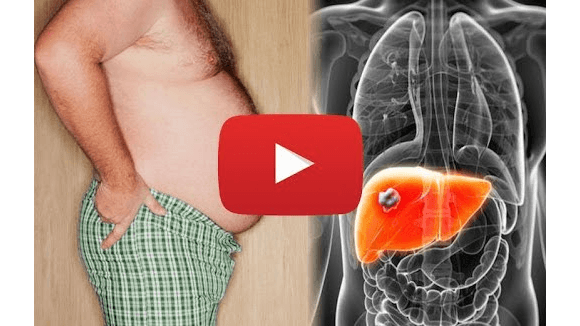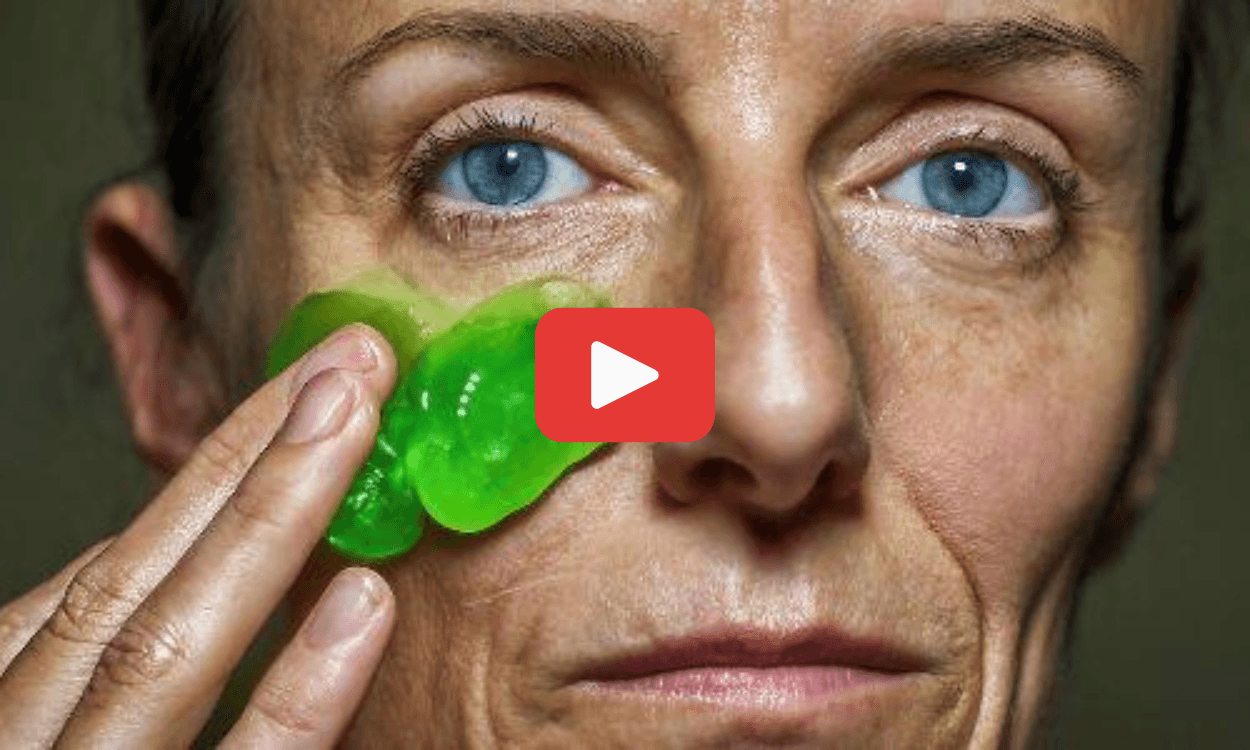Sleep, Sweat, and Desire | The Secret Formula
In our journey to comprehend sexual relationships, two fundamental aspects often stand out: _desire_ and _arousal_. These terms, while sometimes used interchangeably, have very distinct roles in intimacy.
Desire is essentially a cognitive function—an internal, conscious longing. It involves the brain and our emotions when we wish to engage in sexual activity. This can vary greatly among individuals, often influenced by personal feelings and mental wellbeing. Medications targeted at low desire work specifically on brain receptors, as desire is more mental than it is physical. Unlike arousal, physiological nature does not dominate.
Arousal, unlike desire, refers to the physiological response in our bodies. This is the physical excitement one might feel, heart racing, increased blood flow, preparing the body for sexual activity. For instance, common treatments for men's erectile dysfunction like sildenafil or tadalafil are specifically affecting this aspect by enhancing blood flow to the genitals.
Medications are not always the first solution for addressing low desire, particularly among women. Its causes are extensive and can include emotional and psychological issues, societal pressures, and misunderstandings around "normal" desire levels.
"You see your partner, get intimate, and eventually find yourself desiring despite initial hesitation. That’s perfectly normal, especially in long-term relationships."
Interestingly, stress levels, sleep quality, physical fitness, and everyday diet interplay significantly with our hormone balances, affecting both desire and arousal.
"Sex should be fun and playful, not another task to check off."
High-quality sleep enhances hormonal balance. Particularly, it fosters increased testosterone levels, which are crucial for sexual desire in both men and women. Emphasizing consistent, restful slumber will naturally incline a better intimate appetite.
Exercise lends itself to both immediate and long-term enhancement of sexual arousal. Elevating blood circulation and maintaining a healthy body image actively synergizes with desire improvements.
Mindfulness achieves something profound—it not only boosts sexual satisfaction, but it extends overall well-being. Studies reveal enduring mindful practices lead to heightened desire and satisfactory sexual involvements even a year on.
As sexual relationships unfold dramatically with life's evolutions, revisiting and reassessing arousal and desire is crucial for fulfilling and joyous intimacy. Understanding these facets can shift perspectives and breathe new life into relationships once more.
From Around The Web
Wellness Inbox is a blog & weekly newsletter that curates trending news and products related to health and wellness from around the web. We also gather content from various sources, including leading health professionals, and deliver it directly to you.
Please note that we may receive compensation if you purchase any products featured in our newsletter. Wellness Inbox is not affiliated with, nor does it endorse, any health professionals whose content may appear in our newsletter. The information provided is for general informational purposes only and should not be considered medical advice.
The information provided is not intended to replace professional medical advice, diagnosis, or treatment. All content, including text, graphics, images, and information available is for general informational purposes only. We do not guarantee the accuracy or completeness of any information presented and assume no liability for any errors or omissions. The content is subject to change without notice. We encourage you to verify any information with other reliable sources and consult your physician regarding any medical conditions or treatments.







